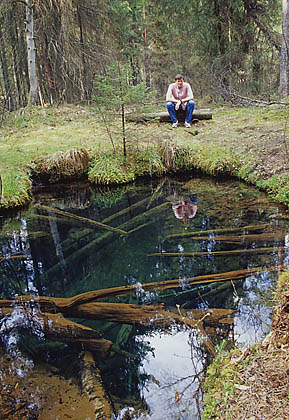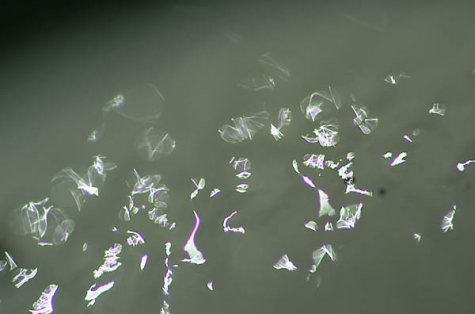Mushroom Week photographer: Urmas Tartes
Photos: Arne Ader
Questions: Toivo Tuberik
Translation: Liis
Sopa well.
On Wednesday, September 9, macro photos by Professor Urmas Tartes from EULS from the life of insects on and in mushrooms are shown in Rõuge.
Through your macro-lens and camera the mushrooms change into landscapes inhabited by fascinating creatures.
For people as for large animals mushrooms are things that just nicely fit into your fist. For the tiny creepy-crawlies and mites it is instead a large and exciting landscape for climbing and clambering in, the top as well as the underside of the cap, and shelter from rain as well. A large part of the mushroom cap inhabitants are there for the same culinary reasons that make people go out mushroom picking. Insects mostly eat spores, but they also go for gills and fruiting bodies that have gone too soft for people to eat.
The little animals living in the mushroom cap are so tiny that to the bare eye they are just miniature dots. In magnification they change into interesting mites, springtails and other insects.
The little animals living in the mushroom cap are so tiny that to the bare eye they are just miniature dots. In magnification they change into interesting mites, springtails and other insects.
How fast do mushrooms grow and how large can they be?
The fruiting bodies of fungi come up within days, disappear within weeks or months. The fungal mycelium however grows on for years and tens of years.
As the maybe largest organism on Earth, and certainly the largest fungus, Armillaria ostoyae, a honey fungus species, has been proposed. Initially it was observed in Oregon, then an even larger specimen of the same species was discovered in Michigan. A Google search turns up a lot of interesting facts about it.
Of course there are those who dispute this record, and Erast Parmasto is better equipped to comment on this.
Of course there are those who dispute this record, and Erast Parmasto is better equipped to comment on this.
The area of the Oregon fungus mycel has been measured to be 8,9 km2.
http://en.wikipedia.org/wiki/Armillaria_ostoyae
Your favourite mushroom for the kitchen?
Butter-fried chanterelles. But being a simple country person, I would rather devour mushrooms with my eyes!
Sun reflexes on cap of Destroying Angel.










